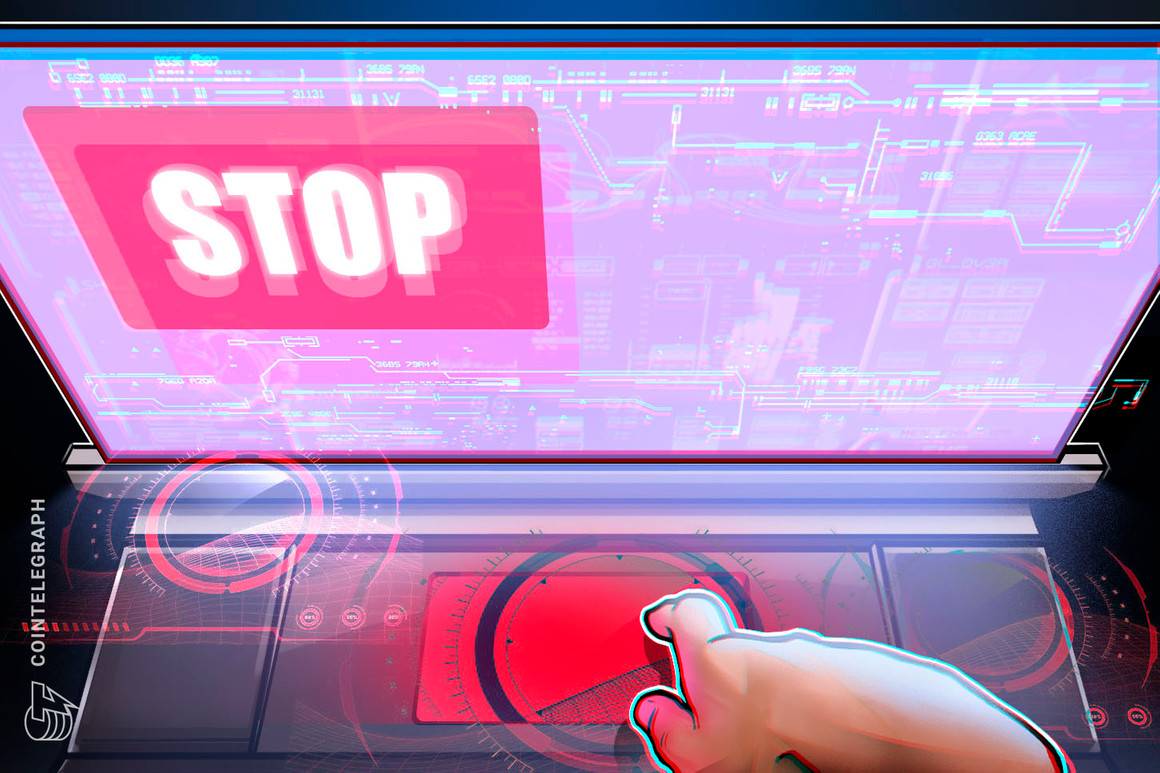#Taking the fear out of driver education

“#Taking the fear out of driver education”

New drivers between the ages of 15 and 25 account for nearly half of the more than one million road deaths that occur worldwide each year, according to the World Health Organization. Educational programs often use fear-based messaging and films of crash scenes to reduce risky driving behavior among young people. But does this “scary” approach work?
A new study published in the journal Risk Analysis suggests that fear-based messaging fails to reduce risky driving behavior, while fear-based Virtual Reality (VR) films depicting a violent collision may actually lead young drivers to take more chances behind the wheel.
A team of psychologists led by University of Antwerp researcher Clara Alida Cutello, Ph.D., conducted a study of 146 students who had been legally driving for less than five years. The researchers examined the impact of both content (fear vs. positive) and delivery mode (2-D vs. VR) of driver safety intervention programs.
Fear-based driver ed films often show terrible crash scenes in graphic detail. The assumption behind this approach is that arousing a sense of fear by depicting a serious consequence such as death will persuade young people to drive more carefully. Positively framed films take the opposite approach, using humor and empathy and modeling safe driving behaviors that result in positive consequences.
Three tests were used to gauge the risk-taking behavior of the young drivers before and after participating in the intervention program. One was a Driver Behavior Questionnaire. The other was the Vienna Risk-Taking Test on traffic, which asks participants to watch video clips of driving situations from the point of view of the driver and choose whether they view a situation as too risky. For example, choosing whether to pass another car in icy conditions. A third test was a 21-item Emotional Arousal Scale that measured the level of emotional arousal (such as feeling afraid) after watching a film.
The results showed that participants who viewed the fear-based VR film reported riskier driving behaviors afterward, while those who viewed a positively framed VR film exhibited the greatest reduction in risky driving behavior. This finding supports other research that has shown that exposing participants to an extreme and graphic collision tends to activate defensive mechanisms, such as paying attention for a shorter time, disengaging, rejecting a message, and an increase in risky behaviors.
“Fear appeals have been used in many health and environmental campaigns, such as smoking, anti-drug, safe sex, and HIV prevention campaigns,” says Dr. Cutello. “Further experimental research is needed to determine whether the use of fear is effective.”
Positive messages encourage safer driver behavior than fear tactics
Clara Alida Cutello et al, Evaluating an Intervention to Reduce Risky Driving Behaviors: Taking the Fear Out of Virtual Reality, Risk Analysis (2020). DOI: 10.1111/risa.13643
Provided by
Society for Risk Analysis
Citation:
Taking the fear out of driver education (2021, February 2)
retrieved 3 February 2021
from https://techxplore.com/news/2021-02-driver.html
This document is subject to copyright. Apart from any fair dealing for the purpose of private study or research, no
part may be reproduced without the written permission. The content is provided for information purposes only.
If you liked the article, do not forget to share it with your friends. Follow us on Google News too, click on the star and choose us from your favorites.
For forums sites go to Forum.BuradaBiliyorum.Com
If you want to read more Like this articles, you can visit our Science category.



